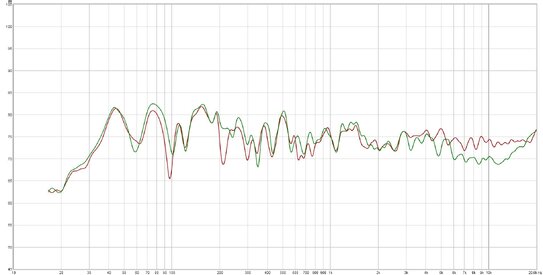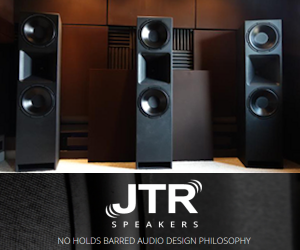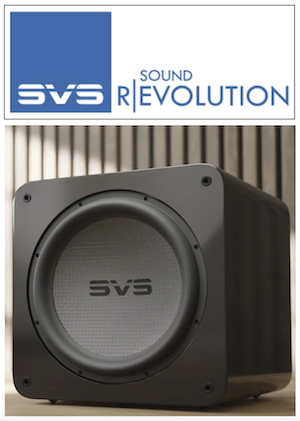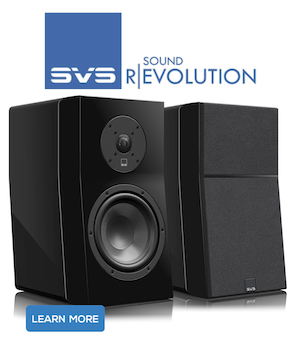Talley
Member
Thread Starter
- Joined
- Dec 24, 2017
- Posts
- 127
I have low energy in my room/speakers from the 80-160hz range. I've played around with REW room sim and it appears to me that it's just a natural limit of my room dimension no matter what location. I can "smooth" it out some... but it will always be of little energy compared to the rest of the system
I need to work on speaker placement. My sub crossover is set to 80hz. My speaker woofers have solid response down to 28hz in my room and still are adequate to 22hz if I run them ported. They have really good response below 80hz. Surely it cannot be my speakers alone. I feel confident that it is room interaction playing the battle here.
Any other thoughts on this? I know the crossover from the woofer to the midrange on the ultra towers is at 160hz ironically and I appear to have decent energy above this portion.

I need to work on speaker placement. My sub crossover is set to 80hz. My speaker woofers have solid response down to 28hz in my room and still are adequate to 22hz if I run them ported. They have really good response below 80hz. Surely it cannot be my speakers alone. I feel confident that it is room interaction playing the battle here.
Any other thoughts on this? I know the crossover from the woofer to the midrange on the ultra towers is at 160hz ironically and I appear to have decent energy above this portion.











